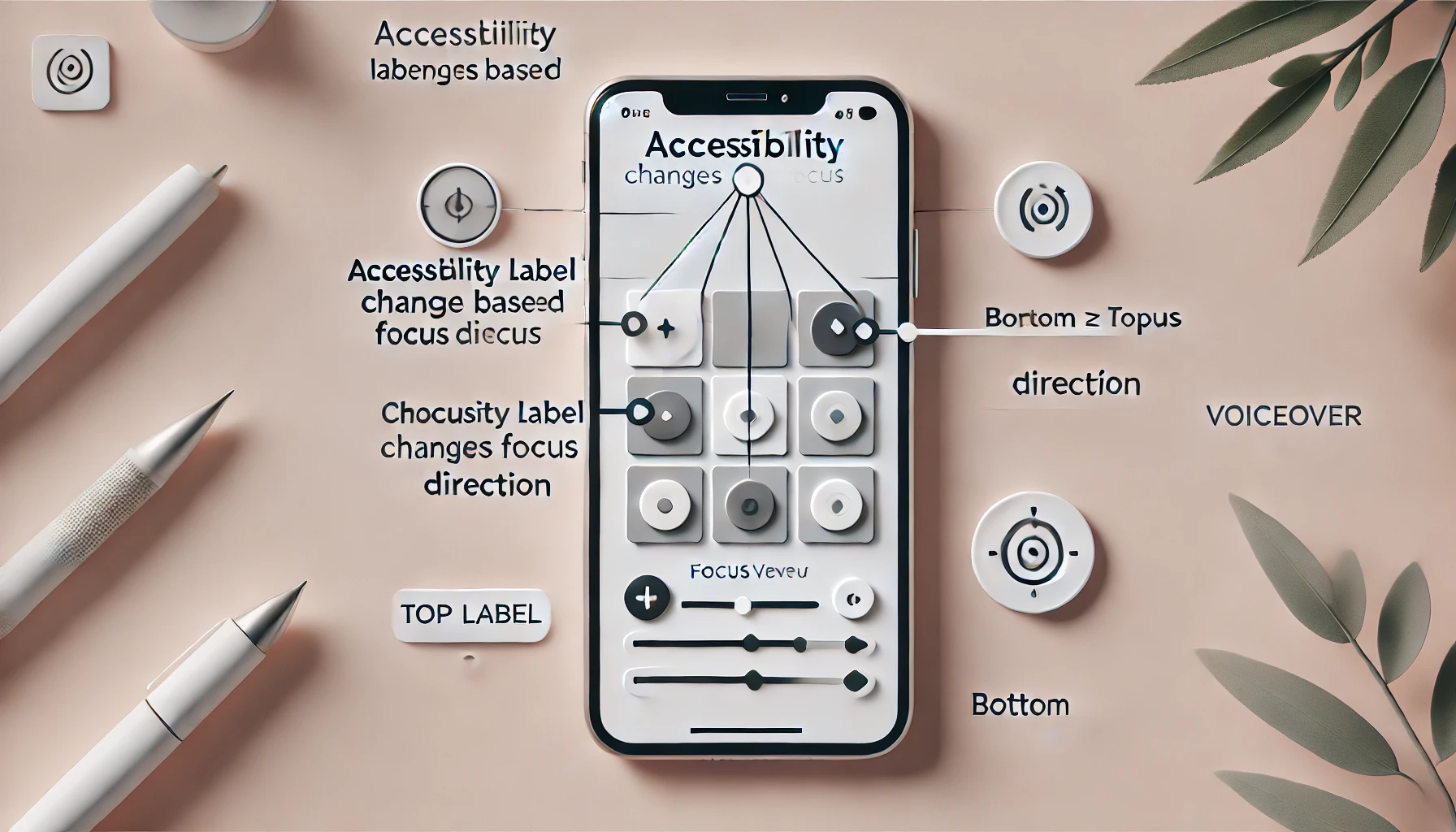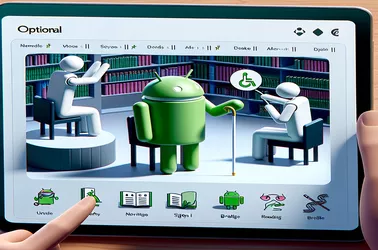To guarantee a smooth experience for screen reader users, ARIA-live positioning must be carefully considered while designing an accessible multi-step form. There are two main approaches: either dynamically updating a particular live zone or including live announcements into the template of each step. Both strategies have advantages, but the intricacy of the form and the requirements of the user will determine which is best. Usability is further improved by implementing seamless transitions, protecting user input, and offering real-time validation. By making forms more user-friendly, these optimizations increase engagement and decrease annoyance, especially for users who depend on assistive technology.
In order to improve the user experience, VoiceOver is frequently used while designing flexible and user-friendly iOS interfaces. Developers can improve usability by dynamically changing the accessibility wording of UI elements according to focus direction. This method provides smooth navigation for users of assistive technology and is particularly helpful in grid or table layouts.
Third-party library problems are frequently the cause of accessibility issues in Android apps. Low contrast ratios and hard-coded UI issues, like those in MaterialDatePicker, are challenges for developers. Techniques like CSS overrides, dependency management, and proactive testing can guarantee compliance with WCAG standards, even though directly correcting these might not be feasible.


